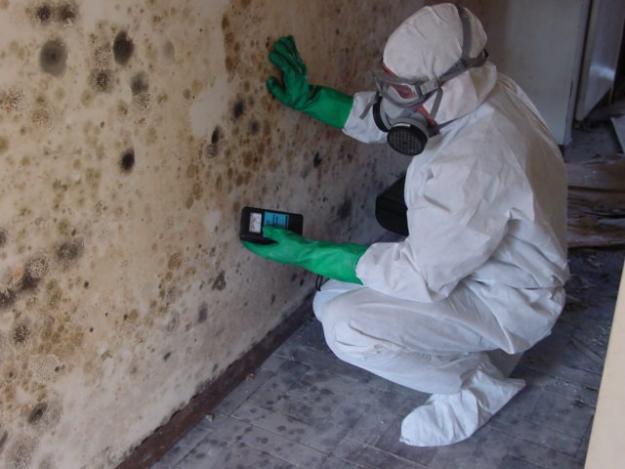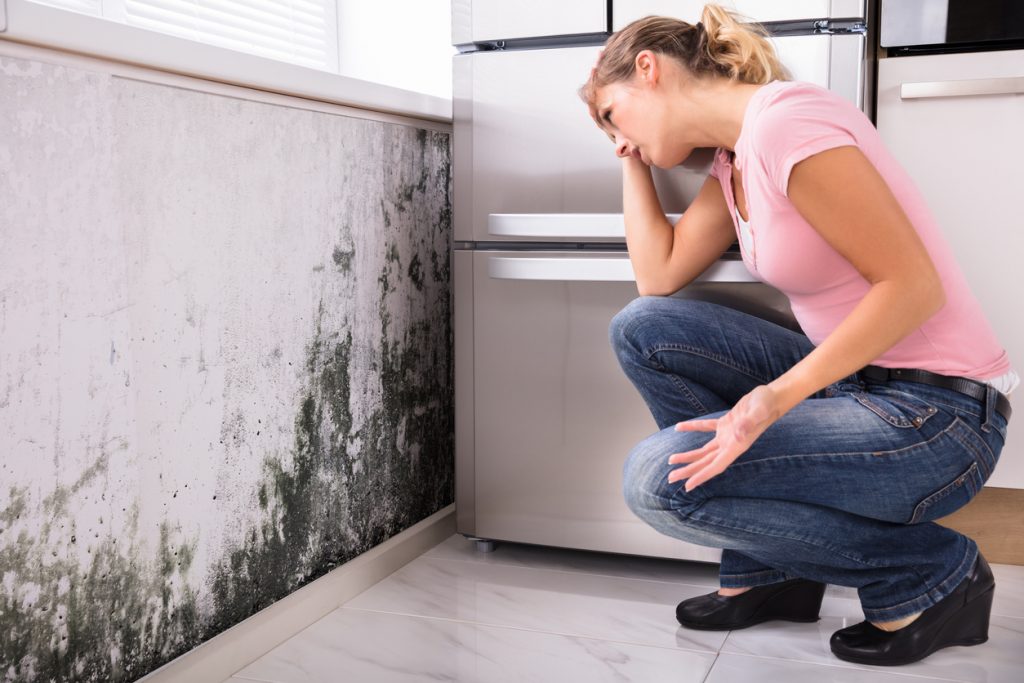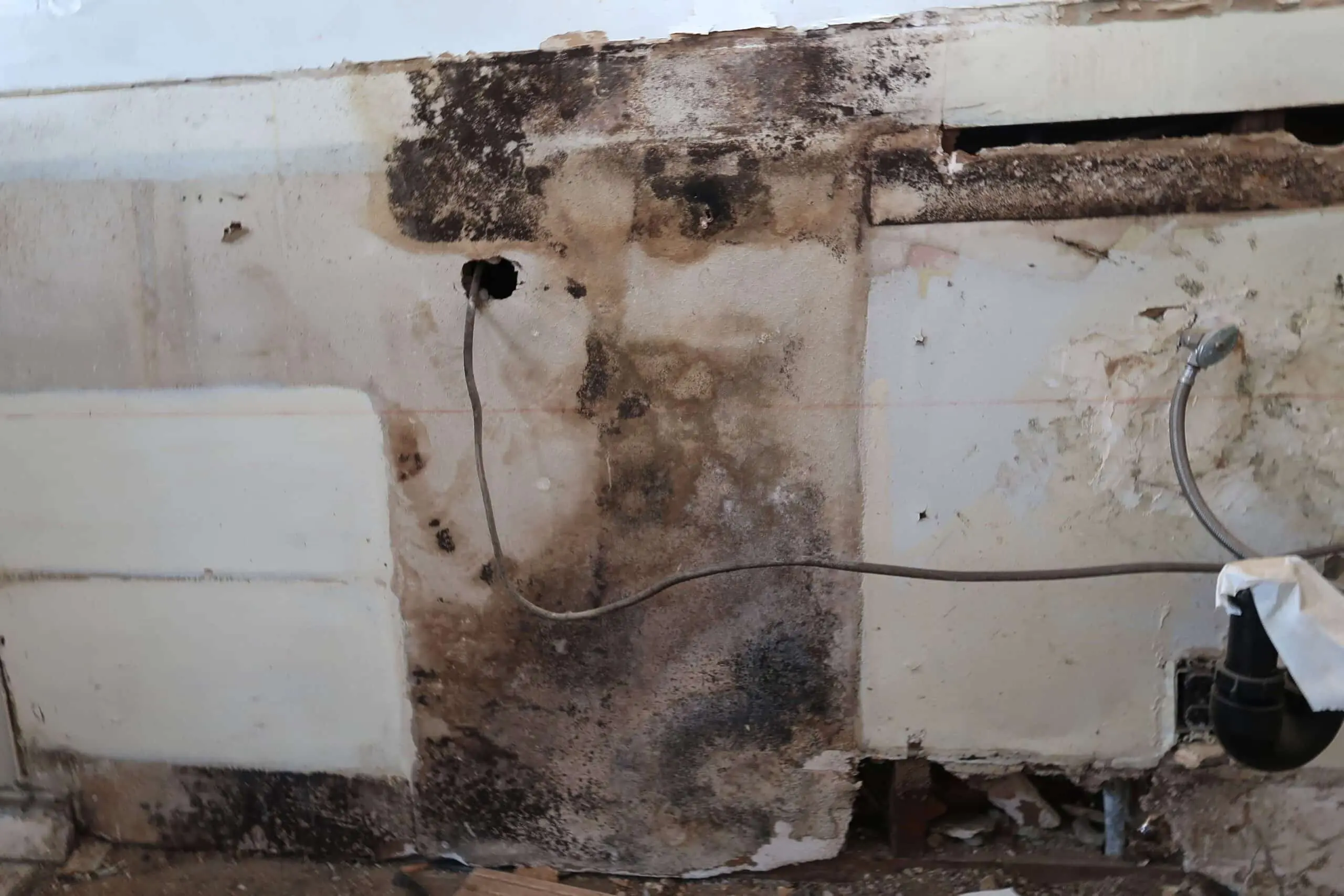Precision Mold And Mildew Remediation Techniques for Ensuring a Healthy And Balanced Living Environment
In the realm of preserving a healthy and balanced living setting, the efficacy of mold and mildew removal strategies stands as an essential element that requires accuracy and expertise. By checking out the ins and outs of mold and mildew removal methodologies, one can gain insight into securing versus mold-related concerns and fostering a healthier environment.
Comprehending Mold And Mildew Growth Factors
Understanding the essential variables that add to mold development is essential in developing effective techniques for mold remediation. Mold requires 3 major components to grow: wetness, suitable temperature levels, and organic product for food. Moisture is possibly the most crucial factor as mold spores can promptly conquer and spread in moist atmospheres. Leaks, floodings, high humidity levels, or condensation give the essential wetness for mold growth. Temperature level also plays a significant duty, with a lot of molds preferring temperature levels between 60-80 ° F(15-27 ° C) Finally, mold feeds on natural materials such as wood, paper, drywall, and textiles.

Evaluation of Mold Infestations
Having recognized the essential variables that contribute to mold and mildew growth, the following essential action is evaluating the level of mold invasions within a building. Mold and mildew analysis involves a complete inspection to figure out the sort of mold present, the impacted locations, and the extent of the invasion. Specialist mold and mildew assessors make use of a mix of aesthetic assessment, dampness meters, thermal imaging video cameras, and air sampling to collect information on the mold problem.
Visual assessment is often the very first step in analyzing mold infestations, where professionals aesthetically take a look at locations susceptible to mold and mildew development, such as basements, washrooms, and attic rooms. This assists determine visible mold growth and areas with indicators of water damages or high moisture degrees. Wetness meters are then utilized to discover wetness levels in building products, assisting in situating surprise mold growth behind walls or ceilings.
Additionally, thermal imaging cameras can be utilized to discover temperature level distinctions that may suggest moisture issues advertising mold and mildew growth. Air tasting is an additional critical method utilized to collect air-borne mold spores, offering information on the focus and sorts of mold existing in the interior environment. By using these assessment approaches, experts can accurately evaluate the mold and mildew infestation and establish an effective removal plan to guarantee a healthy and balanced living atmosphere.

Applying Targeted Removal Strategies
To effectively deal with mold problems, implementing targeted remediation strategies is important for eliminating the source of mold growth and making sure a mold-free atmosphere. These methods include a methodical method tailored to the particular mold and mildew problems determined during the assessment stage. By targeting the hidden aspects adding to mold development, such as dampness breach, inadequate air flow, or structure material issues, removal efforts can be more efficient and accurate.
One targeted remediation technique is to address water leakages immediately to avoid moisture build-up, which is a main chauffeur Check This Out of mold and mildew expansion. This may entail repairing pipes leaks, improving water drainage systems, or boosting waterproofing procedures. Additionally, boosting ventilation in wet areas can help in reducing moisture levels, producing a setting much less conducive to mold development.
Furthermore, targeted removal approaches may consist of eliminating and changing mold-infested materials, such as drywall or insulation, and using antimicrobial treatments to prevent future mold advancement. Normal tracking and upkeep are visit their website vital to maintaining a mold-free environment complying with removal efforts - mold removal philadelphia. By executing these targeted approaches, homeowner can effectively fight mold and mildew problems and promote a much healthier living setting
Utilizing Advanced Mold Elimination Technologies
Including state-of-the-art technologies is critical in the effective elimination of mold and mildew invasions and making certain lasting avoidance actions. Advanced mold and mildew elimination modern technologies play a crucial duty in addressing mold and mildew concerns properly and adequately. One such innovation is the usage of High-Efficiency Particulate Air (HEPA) filtering systems. These systems can catch and strain mold spores and other air-borne fragments, considerably minimizing the spread of mold during removal.
Moreover, advanced mold and mildew elimination innovations consist of infrared cams that can discover covert dampness sources within ceilings or wall surfaces, helping in the precise recognition of areas vulnerable to mold growth. local mold remediation philadelphia. This innovation makes it possible for remediation specialists to target afflicted locations much more accurately, causing a more thorough elimination procedure
Ultraviolet (UV) light therapy is another ingenious modern technology used in mold and mildew remediation. UV light can eliminate mold and mildew spores and inhibit their development, particularly in hard-to-reach or unattainable locations. This method is ecologically pleasant and non-invasive, making it a preferred option for mold and mildew removal in sensitive atmospheres. By leveraging these innovative technologies, mold removal specialists can helpful resources efficiently get rid of mold and mildew problems and create a healthier living atmosphere for owners.
Protecting Against Future Mold Reoccurrences
With the effective elimination of mold and mildew problems making use of innovative technologies, the emphasis currently changes in the direction of implementing durable strategies to avoid future mold recurrences. Protecting against mold from reoccurring is important for preserving a healthy indoor environment. One essential method is to resolve any underlying moisture problems in the building. Regular assessments for leaks in pipes, roofs, and home windows can aid determine and take care of resources of excess wetness that add to mold development.
Correct ventilation is an additional crucial element of mold avoidance. Ensuring appropriate airflow in all locations of the structure can assist lower moisture degrees and avoid dampness buildup. Using dehumidifiers in damp rooms such as cellars can likewise aid in regulating dampness degrees.
Maintaining cleanliness and without delay dealing with any kind of water damage or spills can even more help stop mold growth. Normal cleaning routines need to include cleaning, vacuuming, and cleaning down surface areas to avoid the buildup of mold spores.
Informing owners regarding mold and mildew prevention techniques, such as proper ventilation and wetness control, can additionally add to a positive technique in preventing future mold concerns. By executing these methods, the threat of mold and mildew reoccurrences can be dramatically lowered, leading to a healthier living setting.
Conclusion
By comprehending mold growth factors, examining problems, carrying out targeted techniques, utilizing innovative elimination technologies, and preventing future reappearances, one can efficiently combat mold and mildew problems. It is important to focus on mold and mildew remediation to guarantee the well-being of residents and prevent possible health and wellness hazards connected with mold direct exposure.
